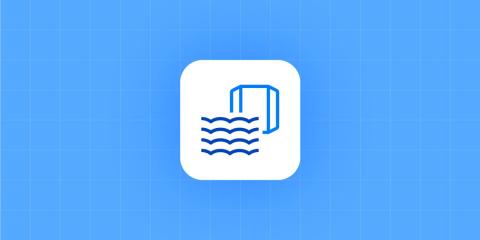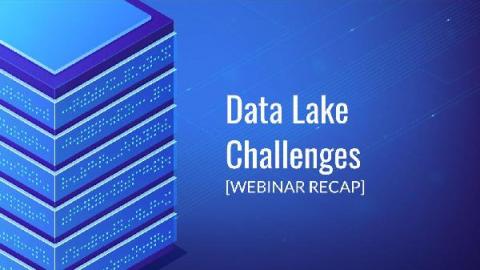Systems | Development | Analytics | API | Testing
Data Lakes
Data Lakehouses: Have You Built Yours?
In traditional data warehouses, specific types of data are stored using a predefined database structure. Due to this “schema on write” approach, prior to all data sources being consolidated into one warehouse, there needs to be a significant transformation effort. From there, data lakes emerge!
How Enterprise Data Lakes Help Expose Data's True Value
For all of the buzz surrounding both artificial intelligence and data-driven management, many companies have seen mixed results in their quest to harness the value of enterprise data. To avoid those pitfalls, we mixed best-of-breed and proprietary solutions to develop our enterprise data platform (EDP), focusing much of our attention on a combination of smart changes in technology, culture and process for data lakes.
Turning Your Data Lake Into a Data Swamp
What Is a Data Lakehouse?
The data lakehouse is a promising new technology that combines aspects of data warehouses and data lakes.
Managed Data Lake Creation with Qlik
From Data Lake To Enterprise Data Platform: The Business Case Has Never Been More Compelling
Companies have had only mixed results in their decades-long quest to make better decisions by harnessing enterprise data. But as a new generation of technologies make it easier than ever to unlock the value of business information, change is coming. We’ve already reaped gains at Hitachi Vantara, where I run a global IT team that supports 11,000 employees and helps more than 10,000 customers rapidly scale digital businesses.
ThoughtSpot and Databricks Partner to Deliver the Modern Analytics Cloud for the Data Lakehouse
Data Lake Challenges: Or, Why Your Data Lake Isn't Working Out [VIDEO]
The Business Case for Ditching Your Data Lake
Cloud-based data warehouses offer unlimited scalability with the best features of both traditional data warehouses and data lakes.









